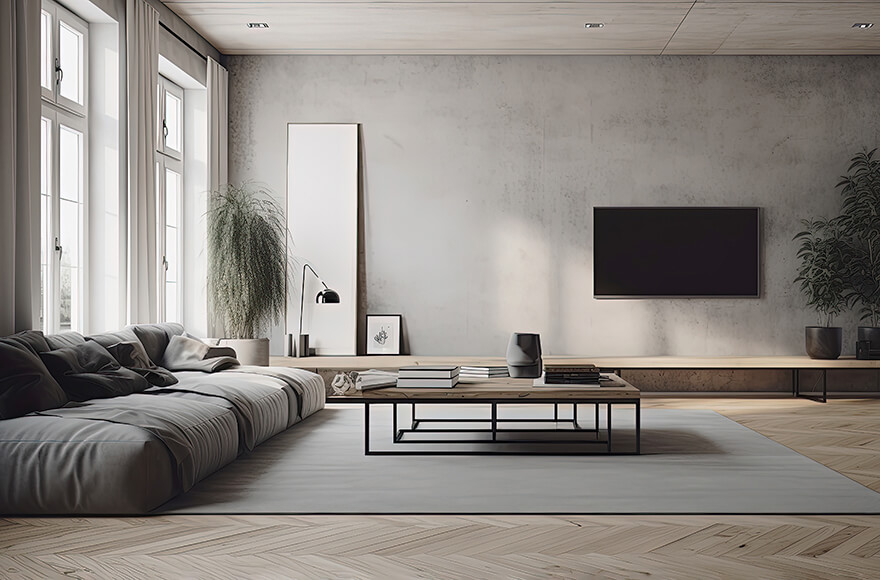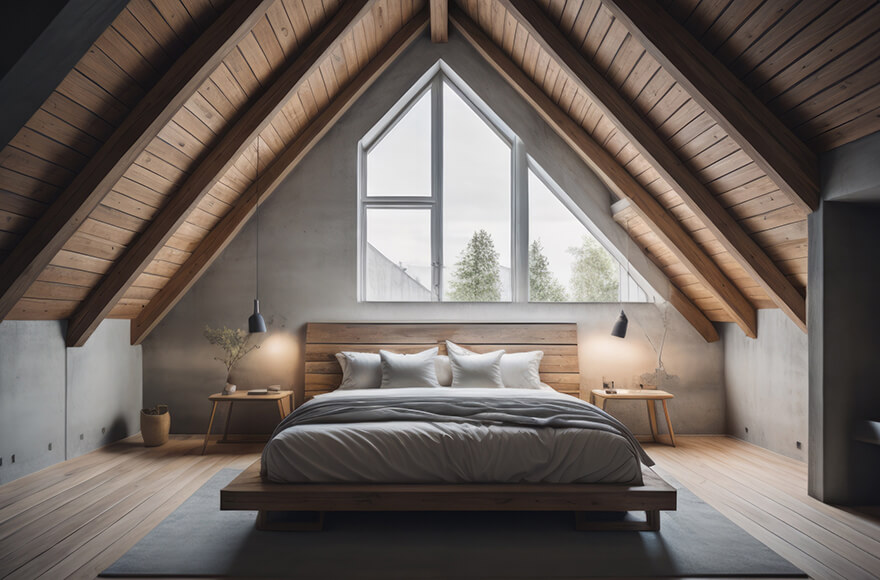The beginning of any project that involves decorative concrete surfaces requires a careful analysis of the end goal.
The design process serves not only to establish a conceptual basis but also to outline a general overview of the final result its purposes.
Let’s see what the preliminary stages of a project entail.

Identifying Aesthetic Specifications
Before diving into technical details, it is crucial to identify the project’s aesthetic outcome. Whether it involves flooring, walls or other architectural elements, the desired look must be clearly defined, including colours, textures, finishes and decorative details.
Consider Functionality
In addition to the aesthetic aspect, it is important to consider the functionality of decorative concrete. For example, if you are designing a floor, you will need to evaluate wear resistance, adhesion and ease of maintenance. For walls, resistance to atmospheric agents and durability over time could be crucial.

Consider Design Trends
Take current design and architecture trends into account. This does not mean following fashion blindly, but rather integrating elements able to give your project a contemporary look.
Analyzing the Environmental Context
The surrounding environment is crucial to set your goals. For an optimal result, adapt your project to the surrounding landscape. Aim at consistency with existing elements and carefully evaluate how decorative concrete will fit into the context.
Consider your Budget and Resources
An objective analysis must also take into account financial limitations and available resources. Set a realistic budget and identify the resources needed to make the project possible. This step is crucial to maintain coherence between ambition and practical feasibility.
Involve Stakeholders
If the project involves multiple stakeholders, such as architects, designers, applicators and owners, make them part of the project since the beginning. Gather insights and opinions to ensure that the vision reflects the needs and expectations of all parties involved.
Make a Draft of the Project
Based on the analysis carried out following to the here mentioned bullet points, make an initial draft. It should include sketches, diagrams, or models that provide an accurate representation of the desired final look. This draft will serve as a guide during the next phases of the project.